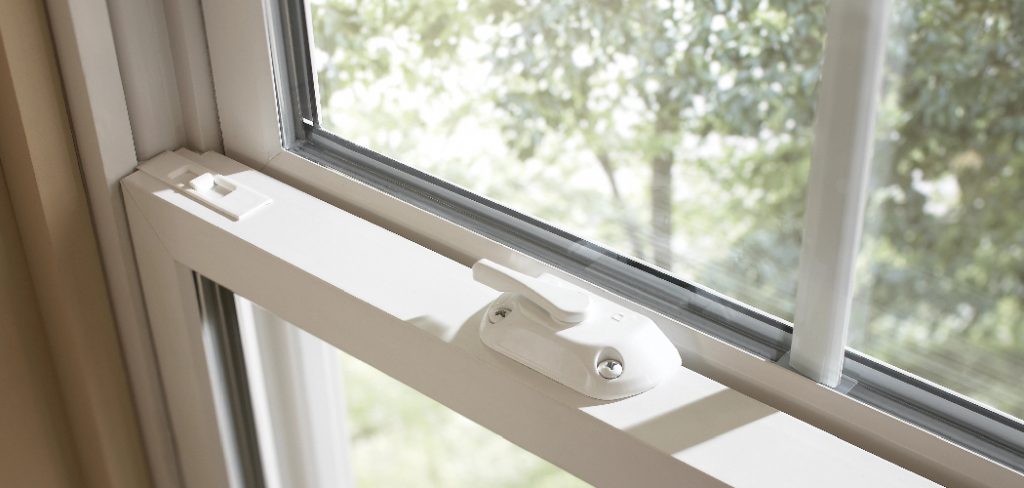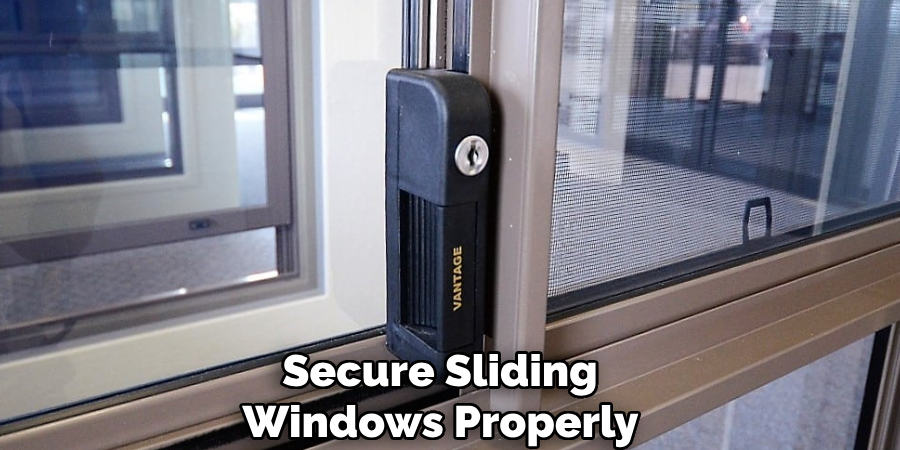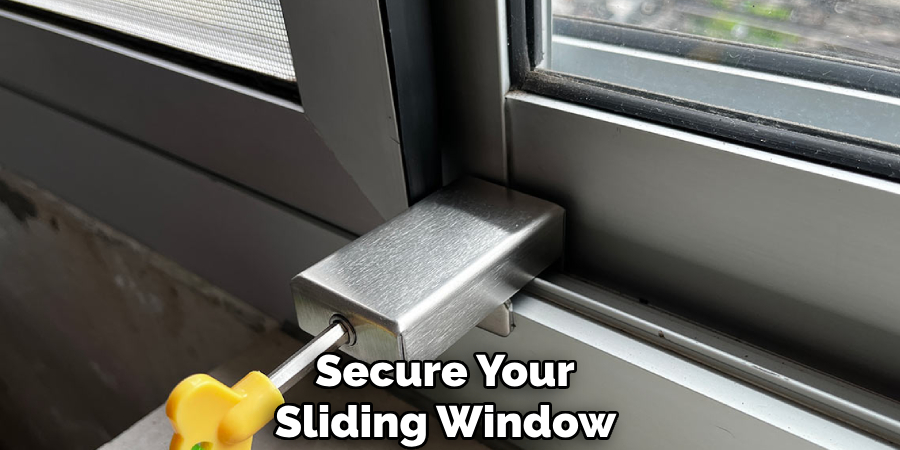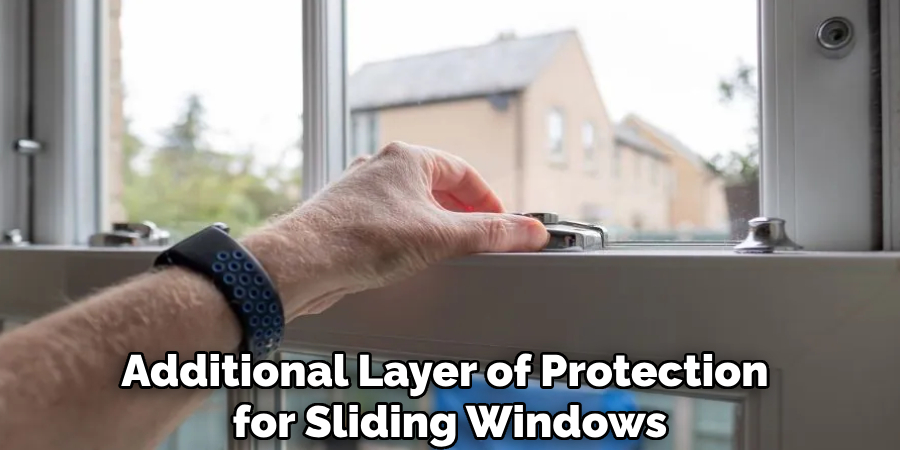Sliding windows are a popular choice in many homes and offices due to their sleek design, ease of use, and ability to maximize natural light. These windows operate by sliding along a track, making them a space-saving and versatile option for various building styles. However, their design can sometimes make them vulnerable to unauthorized access if not properly secured. Ensuring the safety of sliding windows is crucial to prevent potential break-ins and protect occupants and belongings.

This article aims to provide a comprehensive, step-by-step guide on how to lock a sliding window effectively. Whether you prefer a DIY approach or store-bought solutions, we will explore multiple methods that cater to different security needs. By the end of this guide, you will have the knowledge and tools to enhance window safety, bringing peace of mind to your home or office environment.
Understanding Sliding Window Types and Locks
Types of Sliding Windows
Sliding windows come in various designs, with the most common being single sliding and double sliding windows. A single sliding window consists of one fixed pane and another pane that slides horizontally. They are simple to operate and ideal for spaces requiring basic ventilation. On the other hand, a double sliding window allows both panes to move, providing more flexibility in airflow and ease of cleaning.
Sliding windows are also made using different materials, each with its own characteristics. Vinyl windows are popular due to their energy efficiency and affordability, while aluminum offers durability and a sleek appearance. Wooden sliding windows, though visually appealing and insulating, require more maintenance and may not be as durable against environmental elements.
Common Lock Types
To secure sliding windows properly, it is essential to understand the locking mechanisms available. Built-in window locks, often integrated into the frame, are standard but may not provide sufficient security. Secondary locks, such as window pins, keyed locks, and security bars, offer additional protection. Window pins prevent the sash from sliding, while keyed locks require a key to open, adding a layer of security. Security bars, installed horizontally or vertically, physically block movement to fortify the window against forced entry. Combining these methods can significantly enhance sliding window safety.

Checking Existing Locks on Your Sliding Window
Inspecting your sliding window’s existing locks is a crucial step in ensuring home security. Begin by examining the lock mechanism for any visible signs of wear or damage, such as rust, loose screws, or misaligned components, which can compromise its effectiveness. Gently test the lock by opening and closing the window to ensure it engages and disengages smoothly. Pay close attention to any resistance or looseness, as these may indicate a need for adjustment or replacement.
Evaluate the overall security of the factory-installed lock, as many standard locks may not provide adequate protection against forced entry. Check whether the locking mechanism firmly secures the window in place without leaving gaps that could be exploited. If the lock feels flimsy or unreliable, upgrading to a more robust solution, like a keyed lock or a window pin, may be necessary.
Safety considerations are also vital. A poorly functioning lock reduces security and poses risks in emergencies, where quick egress may be necessary. Regular inspections and proactive maintenance can prevent these vulnerabilities. By identifying potential weaknesses early, you can fortify your sliding window’s security and ensure peace of mind for your household.
How to Lock a Sliding Window: DIY Locking Methods for Sliding Windows
Adding extra security to your sliding windows can often be achieved with simple and cost-effective DIY methods. Below are some practical solutions to enhance the security of your windows without professional installation.
Using a Wooden Dowel or Metal Rod
Placing a wooden dowel or metal rod in the window track is a straightforward and affordable way to secure your sliding window. Start by measuring the length of the window track when the window is fully closed. Cut the dowel or rod to fit snugly within the track, preventing the window from sliding open. Once the dowel or rod is in place, it becomes an effective barrier against forced entry while remaining easy to remove for regular use.

Installing a Window Pin Lock
A window pin lock provides a more permanent locking solution. To install, first determine the locations where the pin holes should be drilled, ideally aligned with the overlapping window frames when closed. Be careful to drill straight and precise holes that allow for smooth pin placement. Insert the pin into the drilled hole, securing it firmly to prevent the window from being opened. Some pin locks even allow for partial opening, maintaining ventilation without compromising security.
Using a Security Bar or Jammer
Security bars or jammers offer another reliable option for preventing unauthorized entry. There are various types of bars available, from adjustable models to fixed-length options. Place the bar horizontally in the track or vertically between the window’s base and top edge, ensuring it is properly positioned to block sliding movement. When installed correctly, these bars provide a simple yet effective means of reinforcing your sliding window.
By implementing one or more of these DIY methods, you can enhance your home’s security and keep your loved ones safe.
Installing Keyed Locks on Sliding Windows
Benefits of Keyed Locks for Enhanced Security
Keyed locks provide an additional layer of protection for sliding windows, making them highly effective at deterring intruders. Unlike basic latch systems, keyed locks require a physical key to unlock, reducing the risk of forced entry. These locks are durable, resistant to tampering, and often fit seamlessly onto various types of sliding windows, ensuring both security and functionality. By integrating keyed locks, you can significantly improve your home’s overall safety and enjoy peace of mind knowing this barrier adds an extra safeguard.

Step-by-step Installation Guide
Choosing the Right Lock for Your Window Type
When selecting a keyed lock, consider the specific type of sliding window in your home. Look for locks designed for your window material—whether aluminum, vinyl, or wood—and ensure the lock’s compatibility with the window’s dimensions and sliding track.
Tools Required for Installation
To install a keyed lock properly, gather the following tools:
- A hand drill or screwdriver
- Measuring tape
- Pencil or marker for alignment
- Screws (usually provided with the lock)
Drilling and Mounting the Lock Securely
- Start by marking the desired placement of the lock on the sliding window’s frame. Choose a spot close to the meeting rail for optimum security.
- Using the drill, carefully create pilot holes where you’ve marked the placement. These holes prevent cracking or splitting during mounting.
- Secure the lock in place by driving in the screws through the provided brackets.
Testing the Keyed Lock for Proper Function
Once installed, test the keyed lock by attempting to open the window. Insert and turn the key to lock and unlock it, ensuring the mechanism works smoothly. A properly installed lock should restrict any unwanted sliding motion while allowing convenient operation when unlocked.
Additional Security Tips for Sliding Windows
Enhancing the security of your sliding windows can provide peace of mind and significantly reduce the risk of break-ins. One effective step is applying window security film to the glass. This clear, adhesive film strengthens the glass, making it much harder for intruders to shatter the window. It can also help to hold the glass together upon impact, further delaying forced entry attempts.
Installing window alarms or sensors is another excellent measure. These devices are designed to emit a loud alarm when the window is tampered with or opened unexpectedly. Many modern sensors can also be integrated into home security systems, providing notifications directly to your smartphone or other connected devices.
Finally, consider reinforcing the window frames and tracks. Weak or damaged frames and tracks can be an easy target for intruders. Upgrading to heavy-duty metal frames or installing track reinforcements, such as anti-lift bars or screws, can make it significantly more difficult to force open a sliding window. By combining these security measures with a keyed lock, your sliding windows will offer both functionality and enhanced protection for your home.
Maintenance and Regular Safety Checks
Regular maintenance and safety checks are essential to ensure your sliding windows continue to provide optimal security and functionality. Begin by testing the locks periodically to confirm they are functioning correctly. Locks that appear stiff or unreliable may need to be cleaned, lubricated, or replaced to maintain their effectiveness. Addressing these issues promptly can prevent potential vulnerabilities.
Additionally, cleaning and lubricating the window tracks is crucial for smooth operation. Dust, debris, and grime can accumulate over time, causing the windows to stick or hinder proper closure. Use a damp cloth to remove dirt from the tracks and apply a silicone-based lubricant to keep them gliding effortlessly.

Inspect your windows for any signs of damage or misalignment. Cracks, warping, or gaps around the frame can weaken the locking mechanisms and make your windows susceptible to forced entry. Tightening loose screws, replacing worn-out components, and realigning frames will help prevent security risks. By dedicating time to these maintenance tasks, you can extend your windows’ lifespan and ensure your home’s safety.
Conclusion
Securing sliding windows with appropriate locks is a fundamental step in enhancing the safety of your home. Strong and reliable locks act as a crucial barrier against unauthorized access, providing peace of mind for you and your family. However, relying solely on locks is not enough. Combining multiple security measures, such as installing window bars, reinforcing glass, or using security sensors, can offer the most comprehensive protection and deter potential intruders.
Regular maintenance of your window locks and frames is equally important to ensure their continued functionality and effectiveness. By keeping locks in optimal condition and addressing issues such as misalignment or wear and tear promptly, you can further secure your home and extend the lifespan of your windows. Always prioritize safety by staying proactive with security measures and routine upkeep, and enjoy the confidence that comes with a well-protected home. Thanks for reading our post about how to lock a sliding window.

